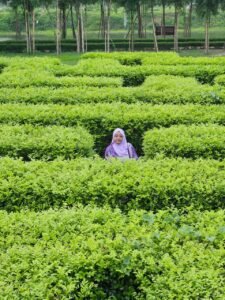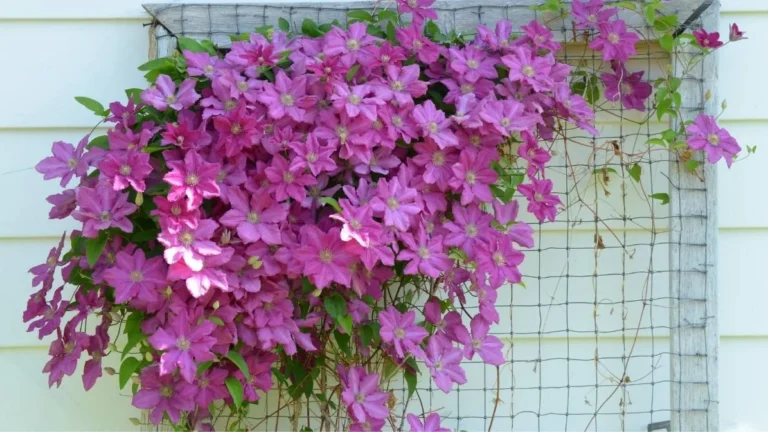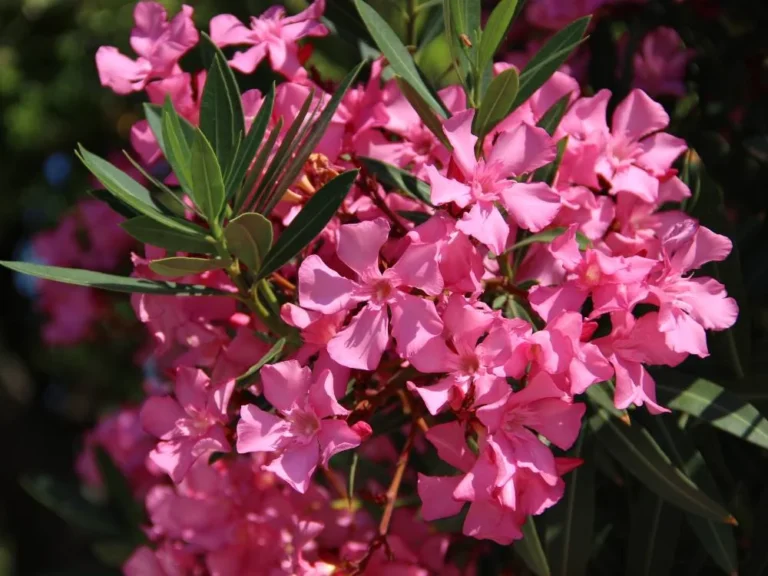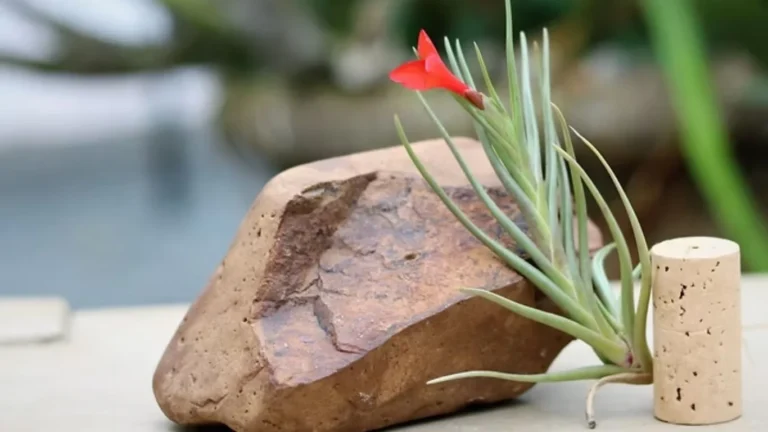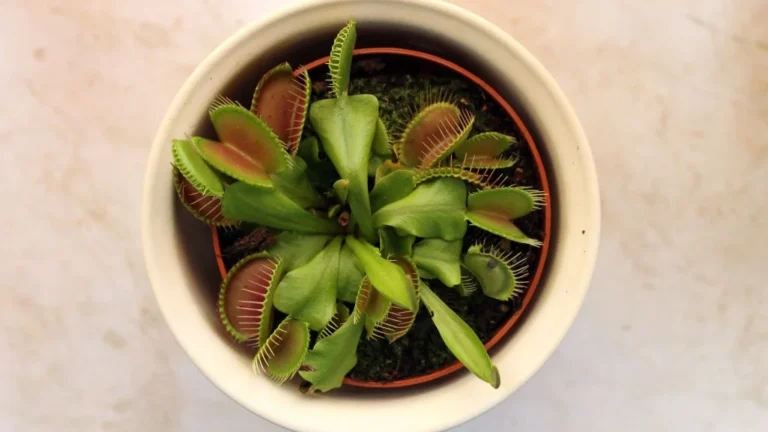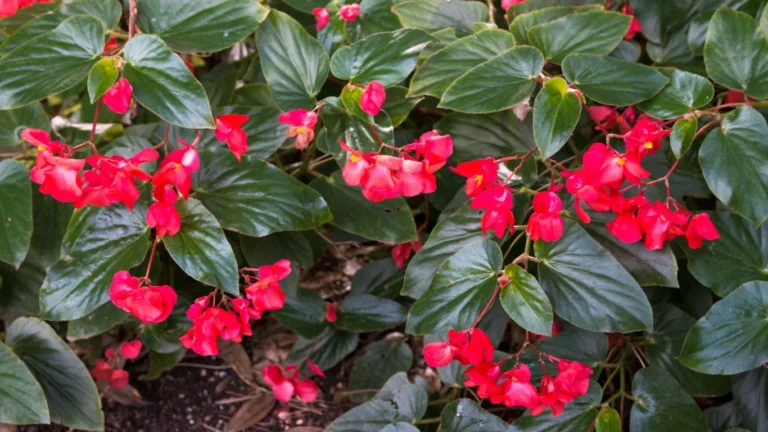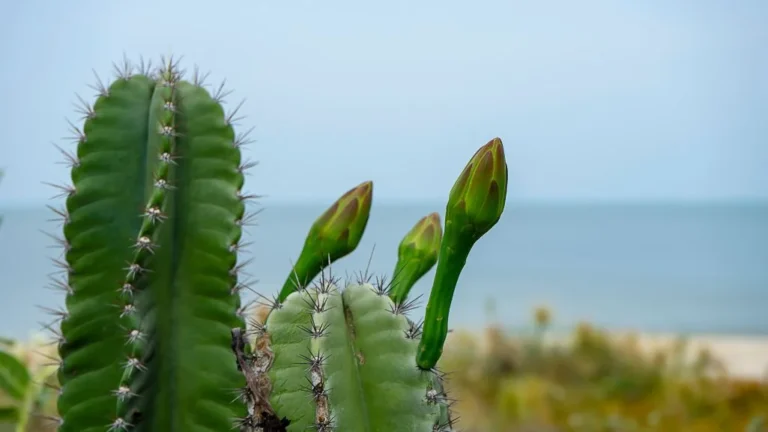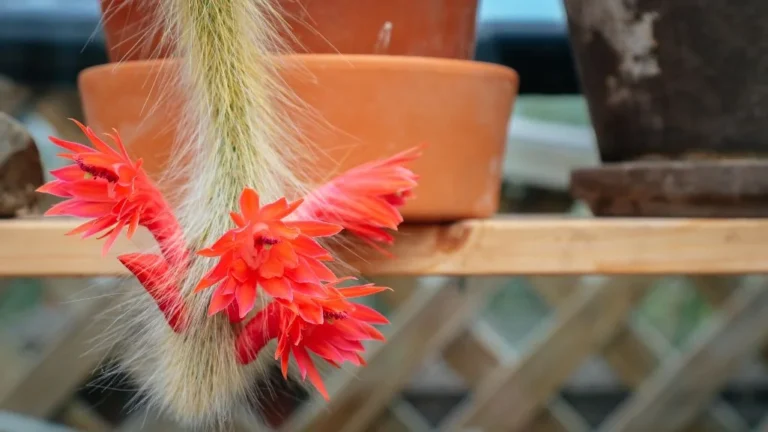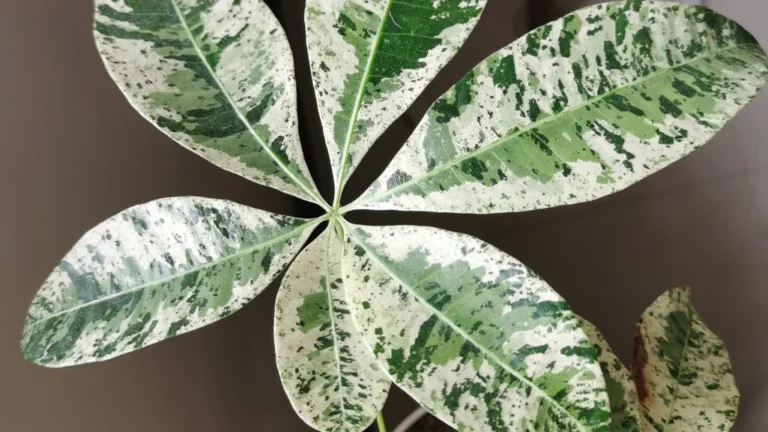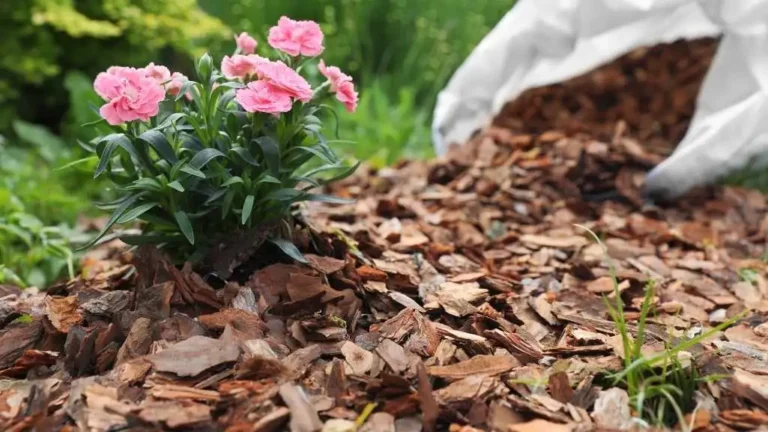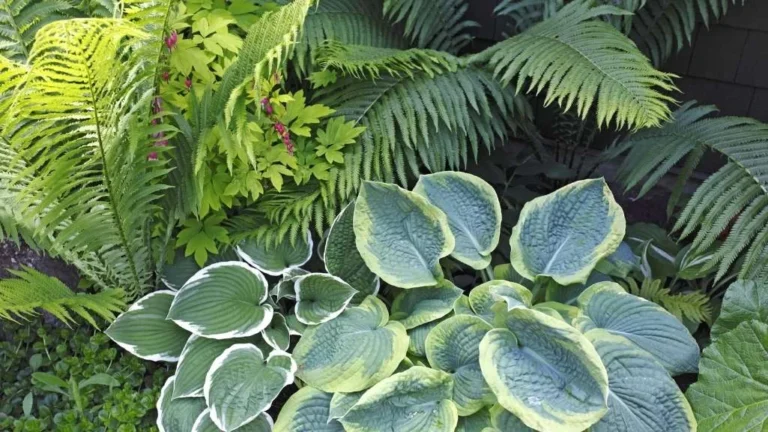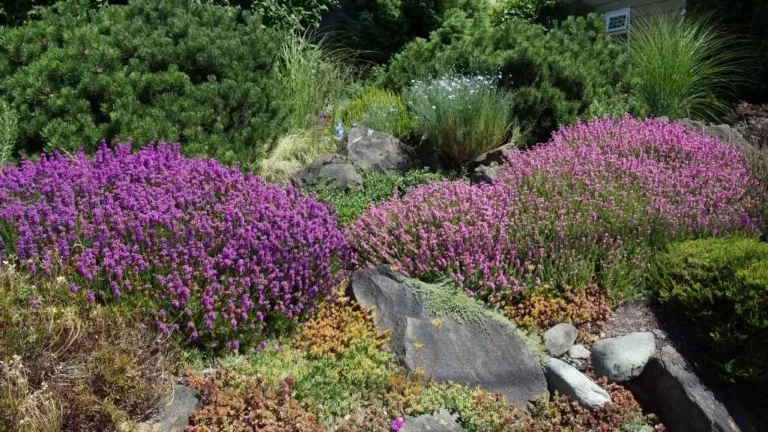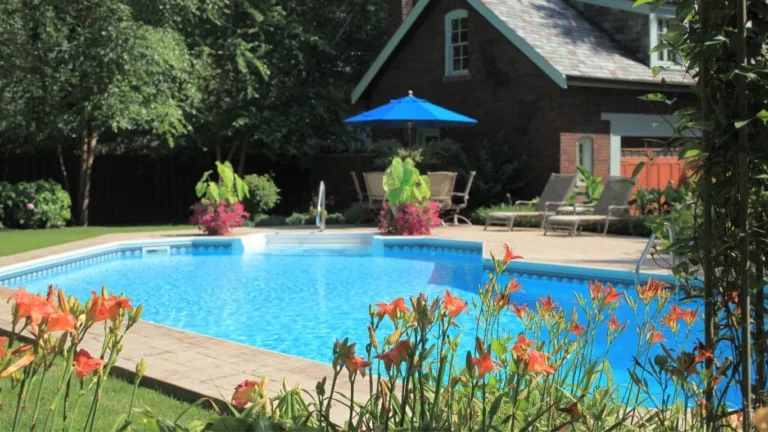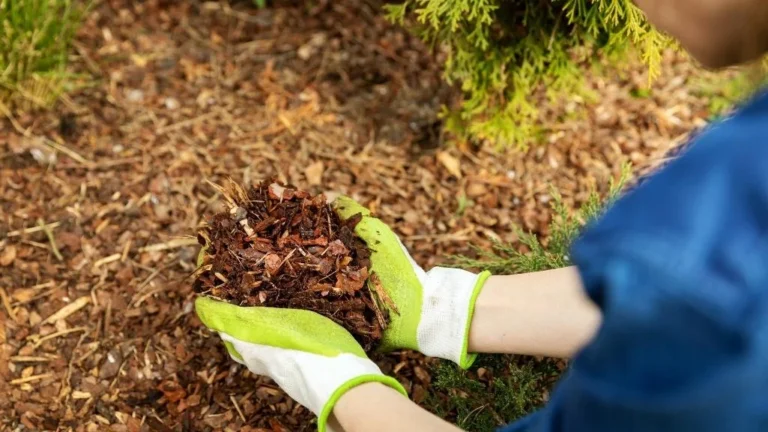My first hanging plant was a pothos. As you know, pothos is one of the common houseplants that is easy to grow. Over time, I’ve got different types of plants, from the spider plant, philodendron, string of pearls, and many more. Each one has brought its unique charm to my home.
If you are also looking for the best-hanging plants that suit your home, this is the best place. In this post, I’ll share some of the best hanging indoor plants I’ve discovered. Whether you’re looking to add a touch of green to your living space or searching for the perfect plant to complement your decor, I’m confident you’ll find something that speaks to you.
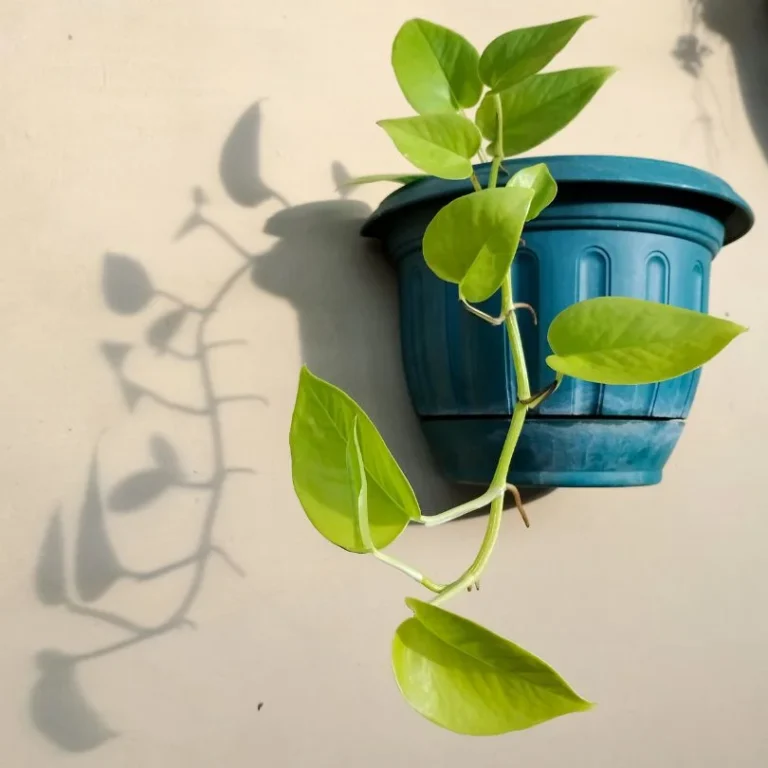
Pothos is my first plant, a perfect blend of beauty and easy care. When I got a pothos, I didn’t expect much from this plant, but gradually, it grew with minimal effort. Pothos can thrive in both soil and water with indirect bright light. This plant also does well in low-light conditions, so pothos should be your priority if you are looking for a low-light hanging plant. Water the plant when the soil dries out, and if you want pothos to be happy, mist it occasionally and keep leaves dust-free.
Growing Requirements
- Light: Low to bright, indirect light.
- Soil: Well-draining, slightly acidic soil.
- Water: When the soil is dry.
English Ivy (Hedera helix)
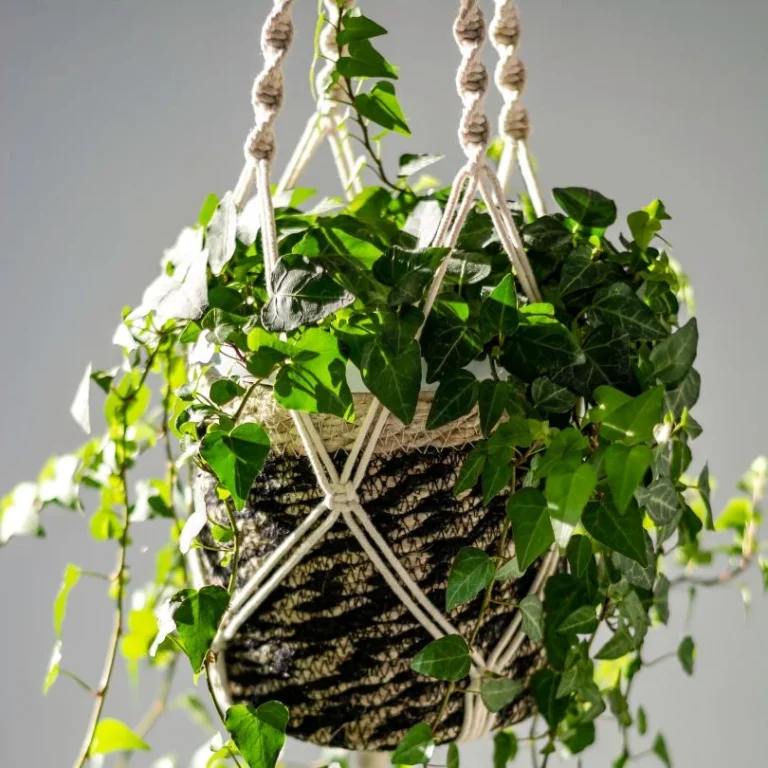
English Ivy is a classic trailing plant known for its graceful, lobed leaves. It can grow long, making it an excellent choice for hanging baskets. English ivy’s delicate-looking vines made me nervous. I thought it would be a complex plant to make it survive. But as I settled into a routine, I found it was much simpler than I thought. Ensure the soil isn’t too dry or too wet, and provide it with indirect bright sunlight; that’s enough. Regularly check for pests and maintain high humidity by misting; your English ivy will thrive.
Growing Requirements
- Light: Prefers cooler temperatures and moderate light.
- Soil: Well-draining, slightly acidic soil.
- Water: Keep the soil consistently moist but not soggy
String of Pearls (Senecio rowleyanus)
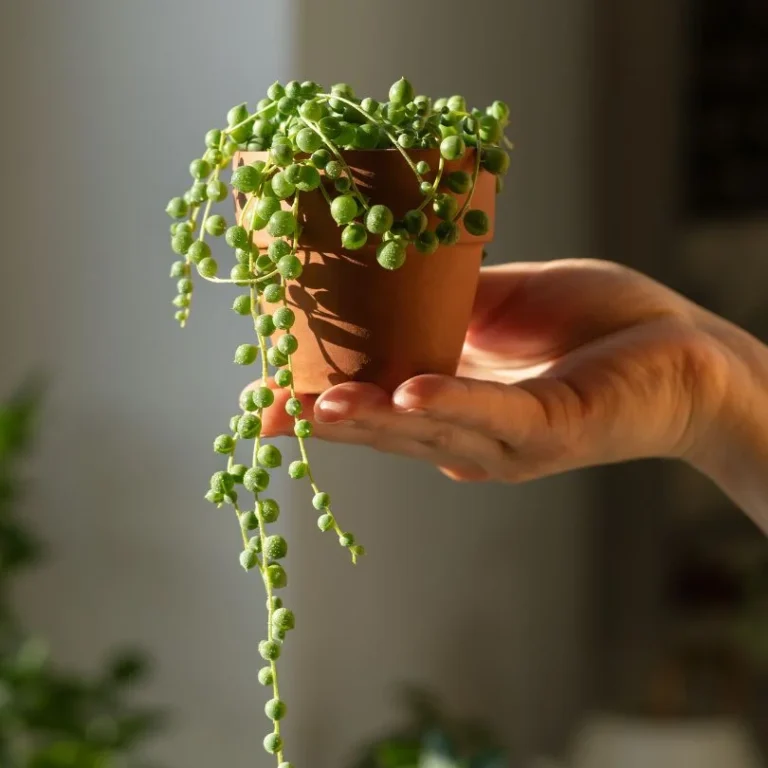
I found a String of Pearls at a local nursery and instantly made up my mind to get this. This succulent has beads-like leaves that resemble pearls. I knew it would be perfect for my sunlit apartment. I hung it in a bright spot, ensuring it wasn’t exposed to harsh, direct sunlight. I’d water it lightly each week, letting the soil dry out between drinks to avoid overwatering. Dust occasionally settled on its delicate pearls, so I used a soft brush to keep it clean. I also fed it a little fertilizer every few months to keep it lush.
Growing Requirements
- Light: Bright, indirect light.
- Soil: well-draining soil, like a cactus or succulent mix.
- Water: Allow the soil to dry out completely before watering.
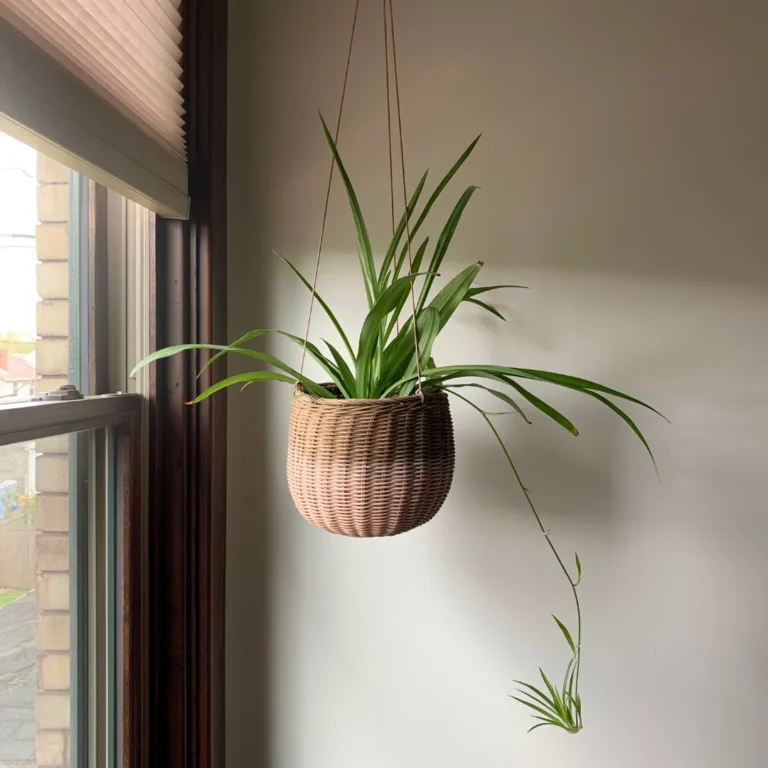
The Spider is an easy-care common houseplant that thrives in bright, indirect light. Water it regularly, letting the top inch of soil dry out between waterings. It prefers temperatures between 65-75°F (18-24°C) and average humidity but can tolerate various conditions. Use well-draining soil and fertilize monthly during the growing season. It produces offsets or “babies” that are simple to propagate. Regularly trim any brown leaves to keep them looking fresh and vibrant.
Growing Requirements
- Light: Bright, indirect light is best.
- Soil: Loamy, well-draining soil mix.
- Water: When the top inch of soil is dry.
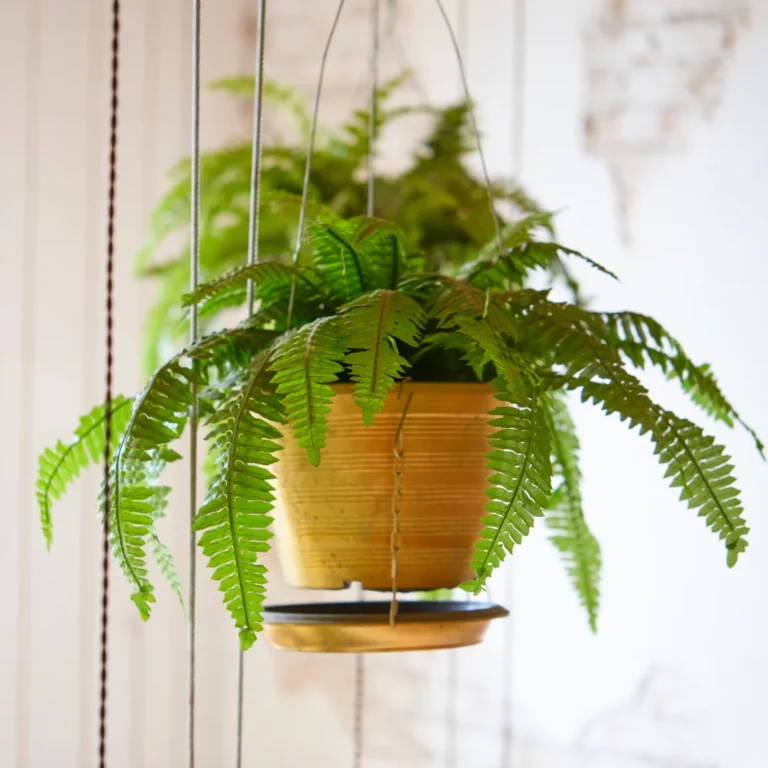
The Boston Fern is a lush, tropical plant that thrives in humid environments. It prefers bright, indirect light and needs consistently moist soil. Water it regularly, keeping the soil damp but not soggy, and mist the leaves often to maintain high humidity. It does well in temperatures between 60-75°F (15-24°C) and should be kept away from drafts and direct sunlight. Use well-draining, rich potting soil and fertilize lightly during the growing season. Regular misting and a humid environment help keep it thriving.
Growing Requirements
- Light: Bright, indirect light is best.
- Soil: Organic matter-rich, well-draining, slightly acidic soil.
- Water: Keep soil consistently moist and maintain high humidity.
Tradescantia (Tradescantia zebrina)
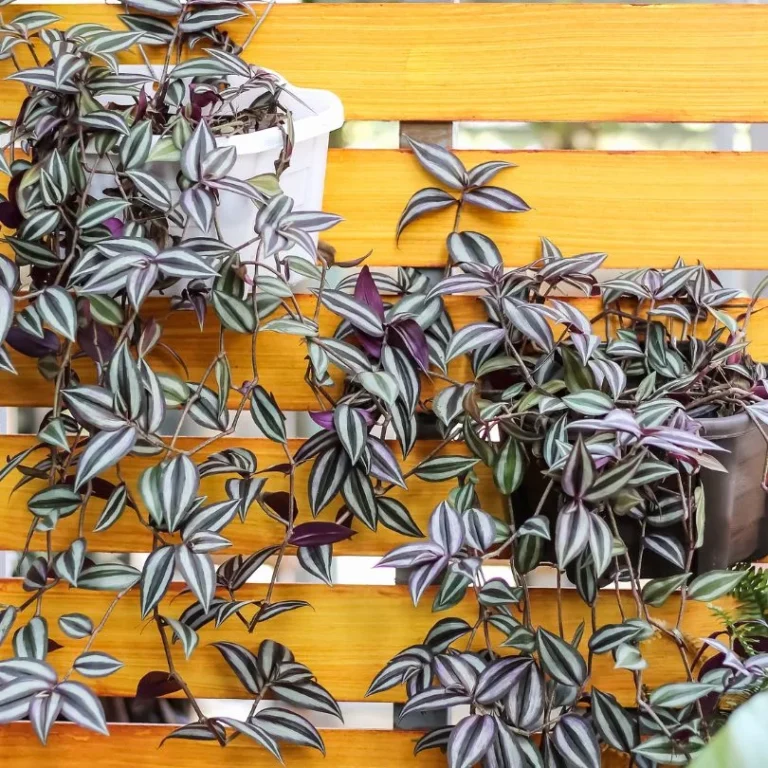
I brought home a Tradescantia for its vibrant purple and green leaves. This plant is also known as Wandering Jew. This is one of the easy-growing plants that I own. It thrived with minimal care, needing weekly watering and bright, indirect light. When a piece breaks off, you can place it in water to root, making it easy to share cuttings with friends. To get a busy growth, pinch back the plant.
Growing Requirements
- Light: Thrives in bright, indirect light is best.
- Soil: Well-draining, loamy soil with a slightly acidic to neutral pH.
- Water: Keep soil consistently moist.
Heartleaf Philodendron (Philodendron hederaceum)
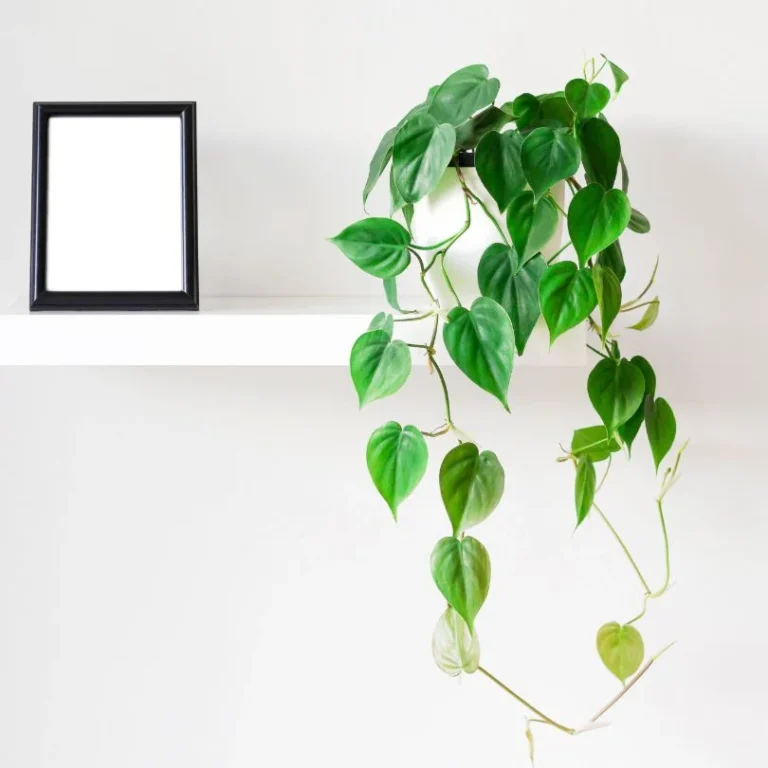
The Heartleaf Philodendron, a variety of Philodendron, is a popular houseplant known for its lush, heart-shaped leaves and trailing vines. It thrives in low to bright indirect light and requires minimal care, making it perfect for both beginners and seasoned plant lovers.
Growing Requirements
- Light: Low to bright indirect light.
- Soil: Well-draining, loamy soil with a slightly acidic to neutral pH.
- Water: Allow the top inch of soil to dry out between waterings.
String of Hearts (Ceropegia woodii)
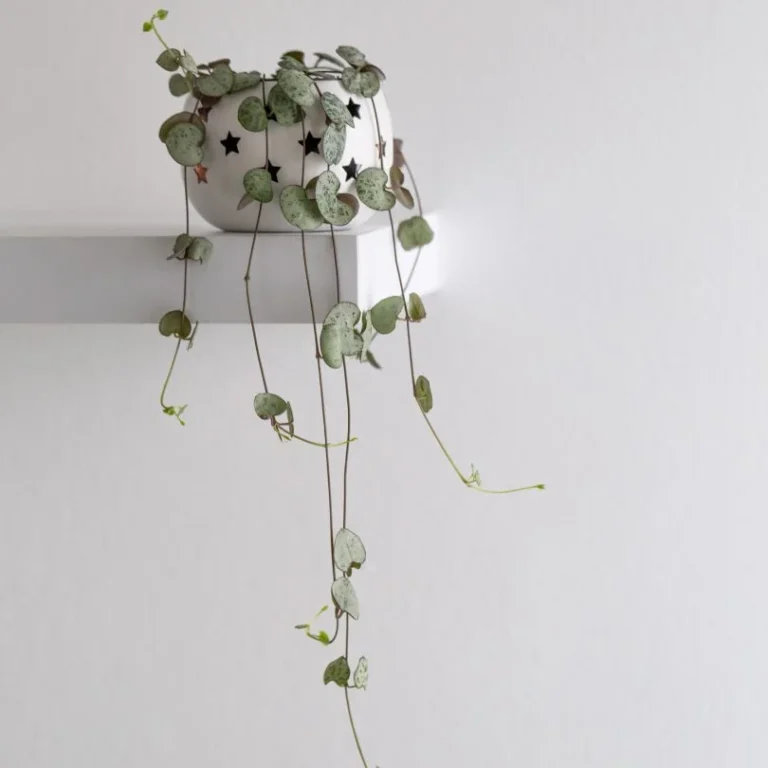
String of Hearts is a delicate plant with heart-shaped leaves on long, trailing vines. It thrives in bright, indirect light and requires minimal watering, making it an easy-care choice for plant lovers. Always use well-draining soil for your string of hearts to prevent root rot.
Growing Requirements
- Light: Bright indirect light.
- Soil: Well-draining, sandy, or cactus soil with a slightly acidic to neutral pH.
- Water: Allow soil to dry out completely between waterings.
Rhipsalis (Rhipsalis baccifera)
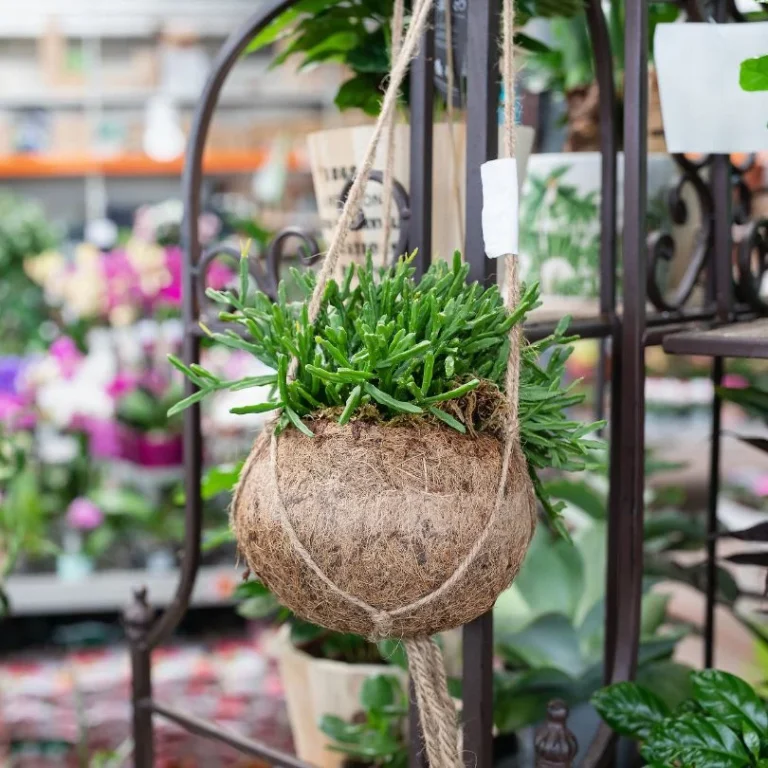
Rhipsalis, or Mistletoe Cactus, I got this plant because of its quirky appearance. Its long, slender stems cascade down from the pot like a resembling green waterfall. Caring for Rhipsalis proves to be effortless. It’s not too fussy about water; give a light drink when the soil dries out, and it’s happy.
Growing Requirements
- Light: Bright indirect light.
- Soil: Well-draining, slightly acidic soil, such as a cactus or orchid mix with added organic matter.
- Water: Allow soil to dry out completely before watering.
Burro’s Tail (Sedum morganianum)
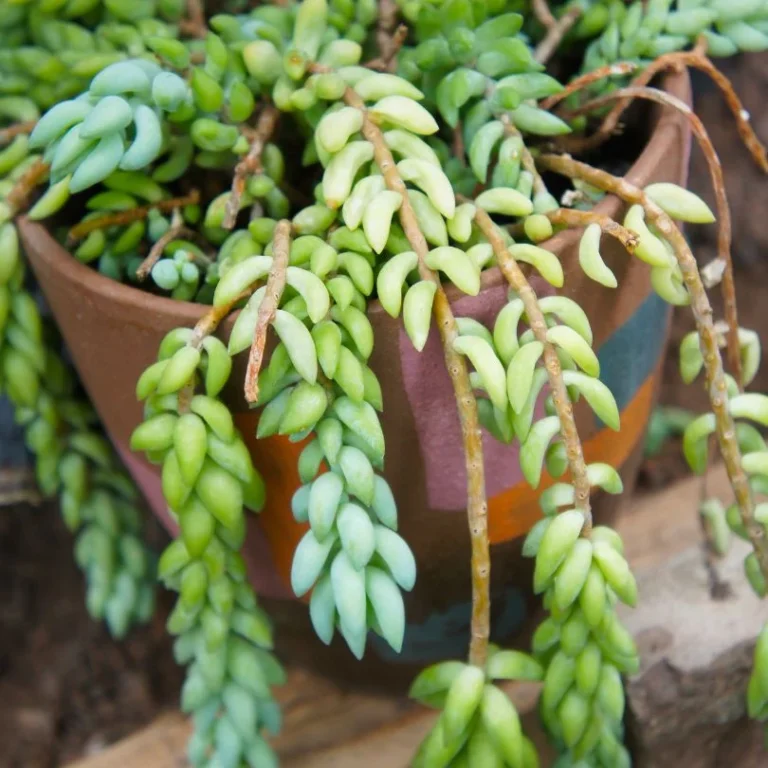
Burro’s Tail is a succulent with long, trailing stems covered in plump, green leaves. The name “Burro’s Tail” refers to the plant’s appearance. In Spanish, “burro” means “donkey,” and “tail” describes the plant’s long, trailing stems. The cascading, plump, thick leaves resemble a donkey’s tail, giving it its distinctive name. It is an excellent choice if you are looking for a unique, low-maintenance succulent. This hardy plant thrives with minimal care, requiring only occasional watering and bright, indirect light.
Growing Requirements
- Light: Bright, indirect light.
- Soil: Well-draining, sandy, or cactus soil with a slightly acidic to neutral pH.
- Water: Allow soil to dry out completely between waterings.
Lipstick Plant (Aeschynanthus radicans)
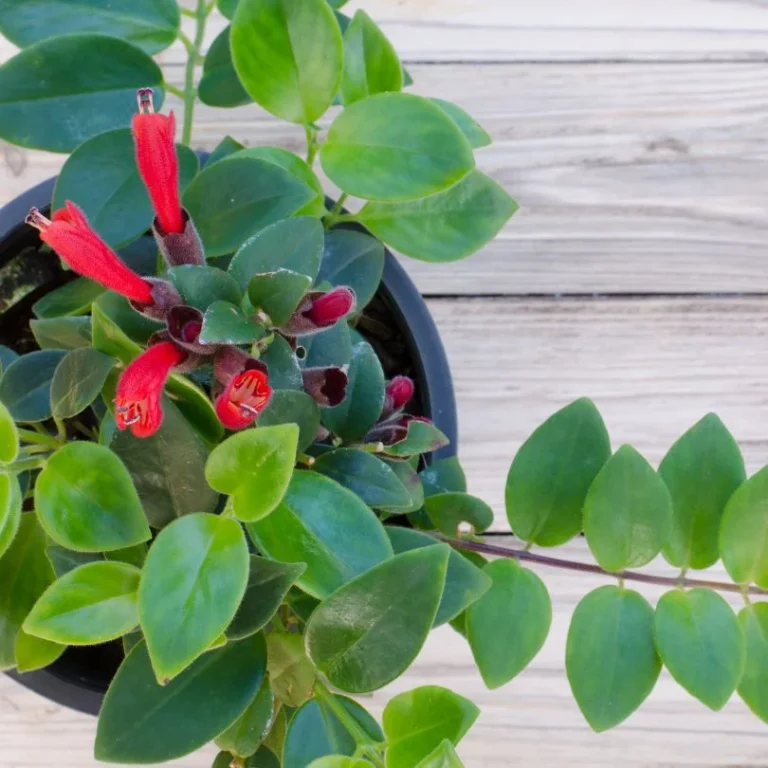
The Lipstick Plant (Aeschynanthus radicans) is a striking houseplant known for its vibrant, tubular red flowers that emerge from dark maroon buds, resembling a tube of lipstick. Its glossy, dark green leaves cascade elegantly from hanging baskets, making it a perfect choice for adding a pop of color and lush greenery to your space. The plant thrives in bright, indirect light and prefers to be kept in moist, well-draining soil. With regular care, including occasional misting to maintain humidity, the Lipstick Plant rewards you with stunning blooms that bring a lively, tropical feel to your home.
Growing Requirements
- Light: Bright, indirect light is the best.
- Soil: Well-draining, peat-based soil with a slightly acidic to neutral pH.
- Water: Keep the soil consistently moist.
Creeping Jenny (Lysimachia nummularia)
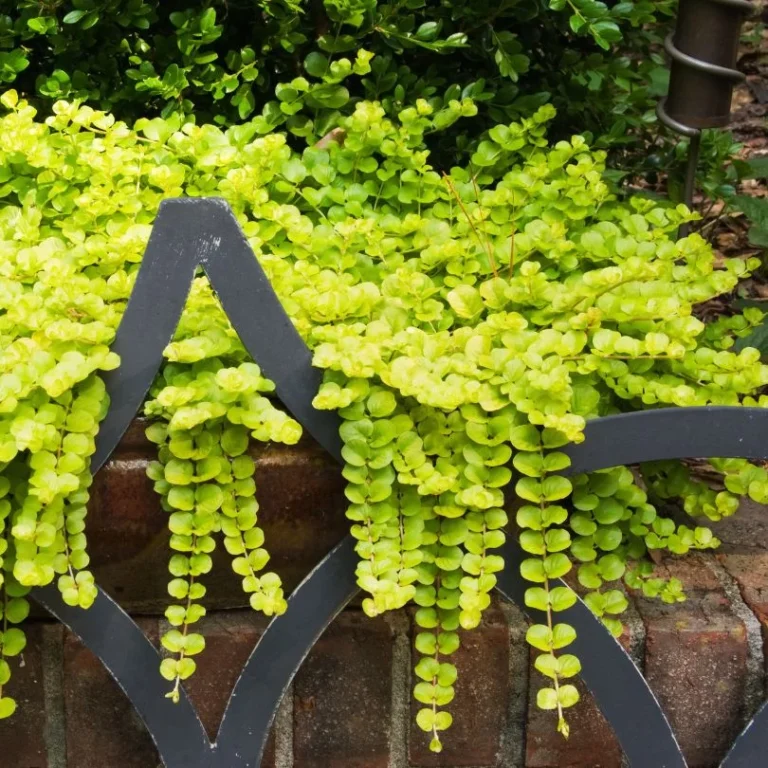
The name “Creeping Jenny” paints a picture of a plant that spreads and covers areas with a lush, green carpet, almost like it’s creeping along the ground. If you want a lush plant, add creeping jenny to your wish list. It spreads quickly, creating a lush, carpet-like effect, perfect for filling garden spaces, cascading over walls, or adding a splash of greenery to hanging baskets and containers. This hardy plant thrives in various light conditions, from full sun to partial shade, and prefers consistently moist soil.
Growing Requirements
- Light: Prefers Bright, indirect light.
- Soil: moist, well-draining soil with a slightly acidic to neutral pH.
- Water: Keep the soil evenly moist.
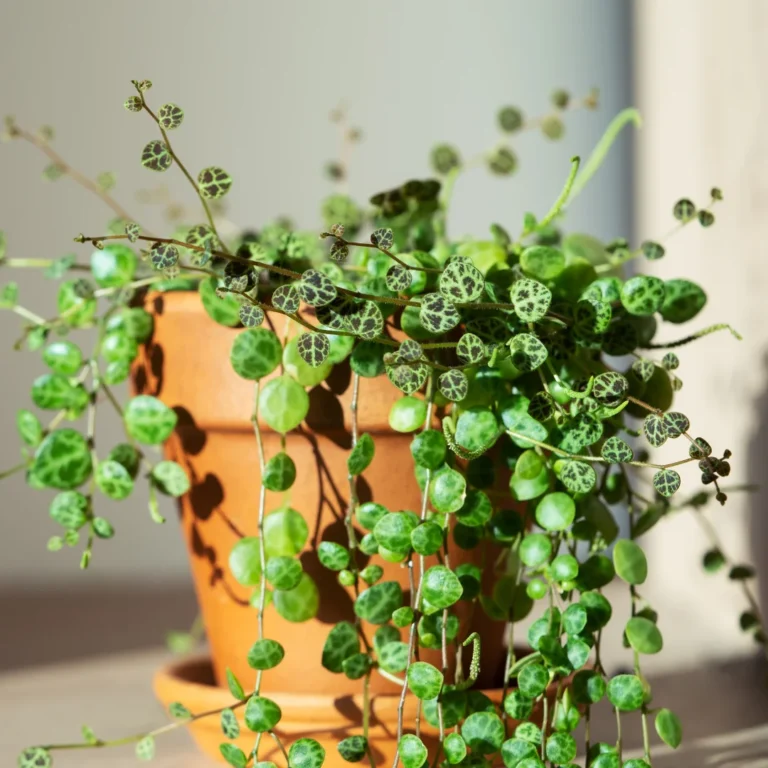
I wanted plants with varieties in their leaves, shape, and color, which led me to buy peperomia. Another reason for liking this plant is that it can be kept anywhere in the house because it can tolerate any lighting conditions. They prefer to be watered when the top inch of soil is dry, making them relatively low-maintenance. Due to their compact size and minimal care requirements, Peperomias are ideal for both beginner and experienced plant lovers looking to bring diversity to their homes.
Growing Requirements
- Light: Preferably bright, indirect light.
- Soil: Well-draining, loose soil with a slightly acidic to neutral pH.
- Water: Allow the top inch of soil to dry out.
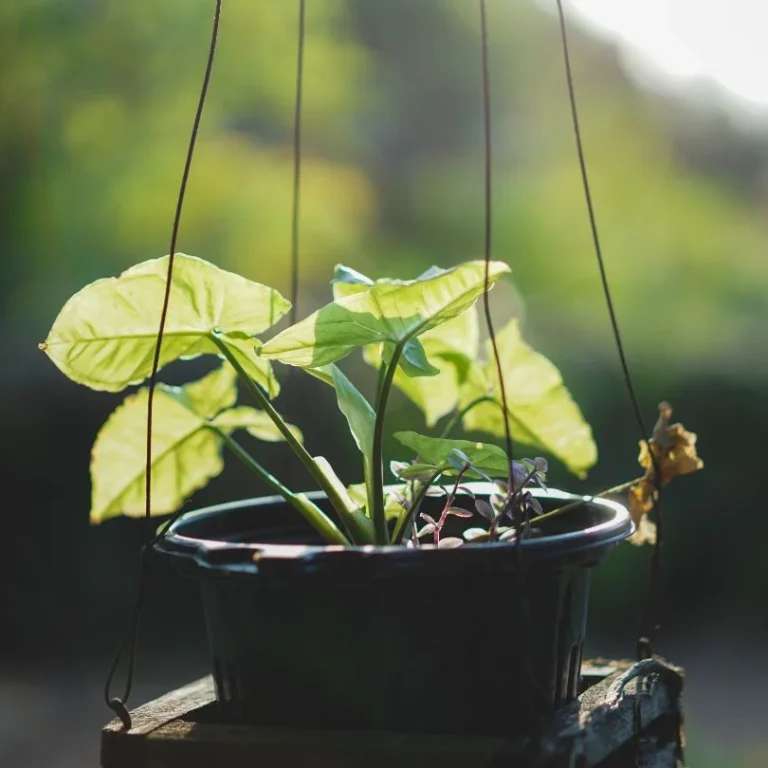
The arrowhead plant is eye-catching because its arrow-shaped leaves trail or climb. Because of its trailing nature, it is perfect for hanging plants. As the plant matures, its leaves may change shape, becoming more lobed. Arrowhead Plants thrive in bright, indirect light but can adapt to lower light conditions. They prefer consistently moist soil, but not waterlogged, and benefit from occasional misting to maintain humidity. Regular pruning keeps this plant busy and maintains good shape.
Growing Requirements
- Light: Bright, indirect light.
- Soil: Well-draining, rich soil with a slightly acidic to neutral pH of 5.5 to 7.0.
- Water: Keep soil consistently moist but not soggy.
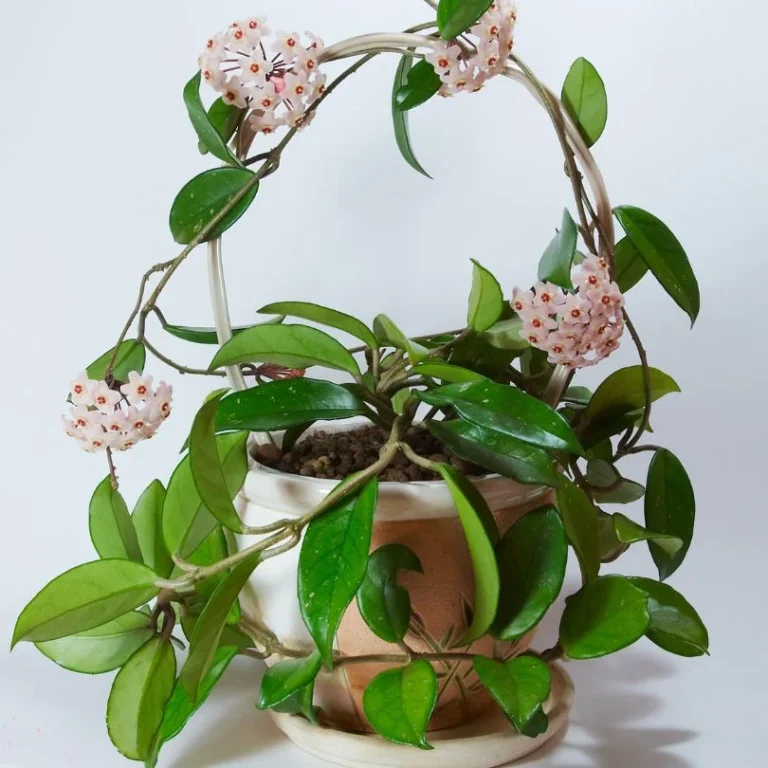
Hoya, also known as the Wax Plant, has thick, waxy leaves, producing clusters of fragrant, star-shaped flowers. Its trailing vines are perfect for hanging baskets. Hoya thrives in bright, indirect light and prefers to dry out between waterings, making it relatively low-maintenance. It enjoys a well-draining potting mix and can tolerate periods of neglect, making it ideal for busy plant lovers. The plant can take a few years to bloom, but when it does, its clusters of sweet-smelling flowers are well worth the wait. Regular fertilizing is the key to making hoya bloom.
Growing Requirements
- Light: Bright, indirect light.
- Soil: Well-draining, airy soil with a slightly acidic to neutral pH.
- Water: Allow the soil to dry out before watering.
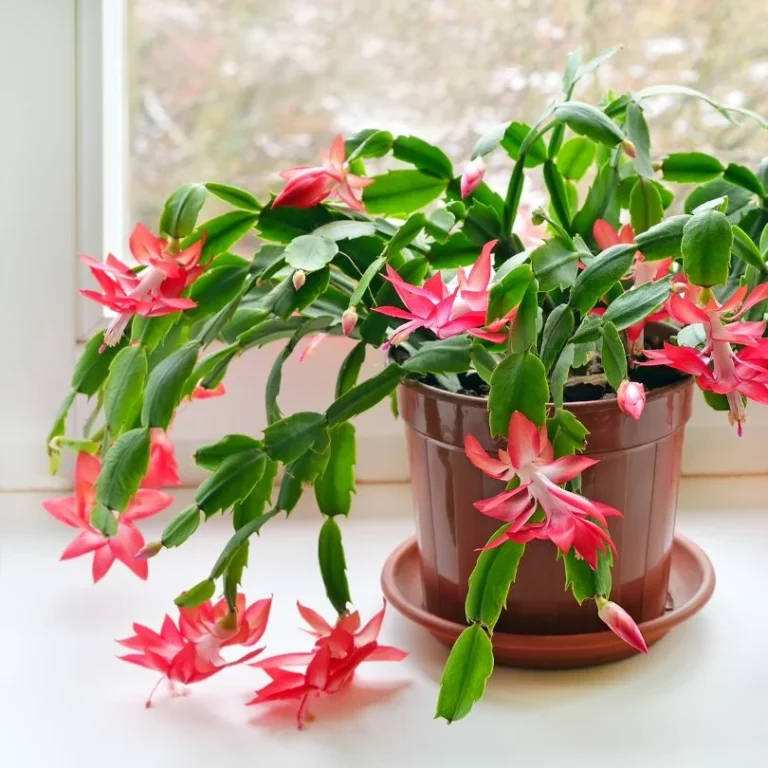
I decided to get a Christmas Cactus as a hanging plant, and it’s been such a rewarding choice. The way its stems gracefully drape over the edges of the planter adds a unique touch to my space. But what really sold me on it were the vibrant blooms that appear right around the holidays. It’s like having a bit of nature’s festive cheer hanging in my home. Caring for it has been a breeze, too. It thrives in indirect light, and I only need to water it moderately. Seeing those bright, colorful flowers in the winter makes it feel extra special. I love how this plant adds beauty to my home year-round and brings a burst of color when I appreciate it most.
Growing Requirements
- Light: Bright, indirect light.
- Soil: Well-draining, slightly acidic soil, such as a cactus or orchid mix, with a pH of 5.5 to 6.2.
- Water: When the soil dries out.
Scindapsus Pictus (Scindapsus pictus)
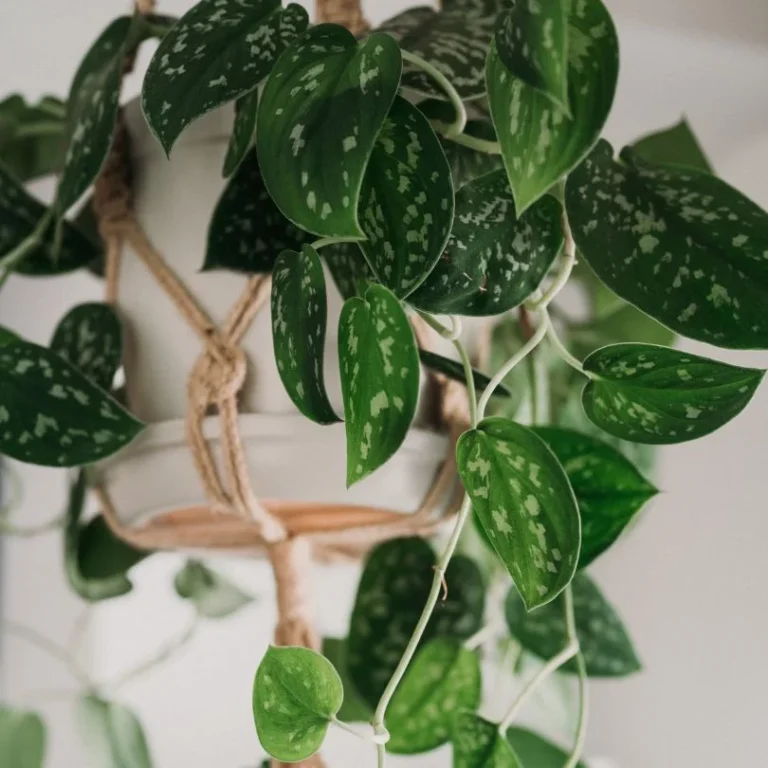
You should have a Scindapsus Pictus as a hanging plant because it looks stunning when its vines cascade down, showing off its beautiful, silver-speckled leaves. Hanging it in a pot or basket allows its trailing vines to create a lush green curtain that brightens up any space. It’s easy to care for, thriving in different light levels and needing just a little water now and then. Plus, it helps clean the air, making your home feel fresher. Make sure to clean the leaves to keep them dust-free and shining.
Growing Requirements
- Light: Bright, indirect light.
- Soil: Well-draining, loamy soil with a slightly acidic to neutral pH.
- Water: When the soil dries out.
Philodendron Mican (Philodendron hederaceum Mican)
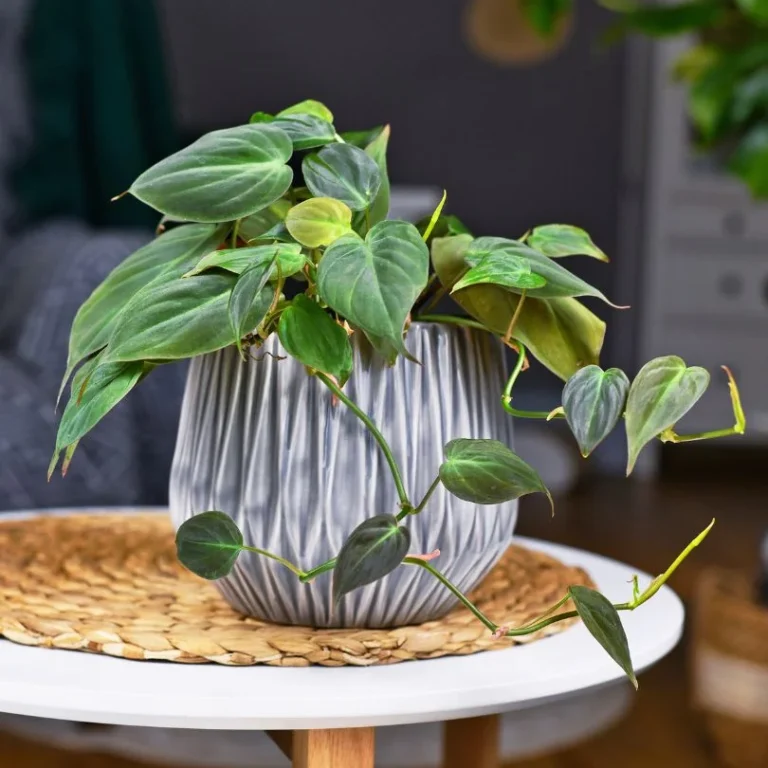
Philodendron mican is one of my favorite hanging plants. Its heart-shaped leaves are soft and shiny, changing color from deep green to bronze, which looks amazing as the plant trails down. Hanging it lets its vines cascade beautifully, giving your space a stylish touch. It’s easy to care for, too. It likes bright, indirect light and needs watering only when the soil is dry. This plant is also easy to propagate and fast-growing.
Growing Requirements
- Light: Bright, indirect light.
- Soil: Well-draining, loamy soil with a slightly acidic to neutral pH.
- Water: When the soil dries out.
African Violet (Saintpaulia)
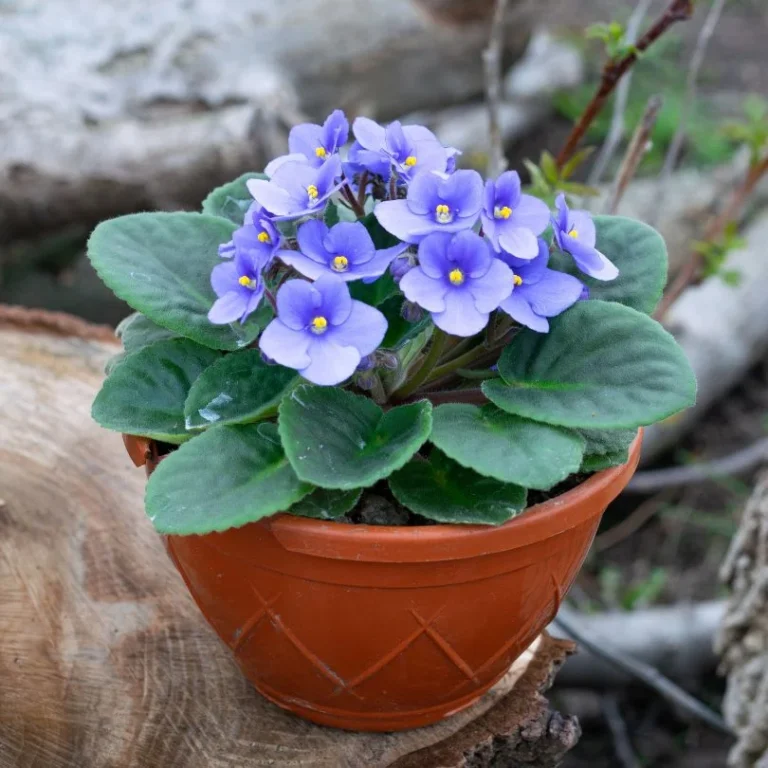
The African Violet (Saintpaulia) is a charming houseplant known for its vibrant, colorful blooms and soft, velvety leaves. Its flowers come in various shades, including purple, pink, and white, adding a splash of color to any room. This plant thrives in bright, indirect light and prefers to be consistently moist but not waterlogged. While watering, be careful not to get water on the leaves to prevent spotting. African violet’s compact size and blooming nature make it a delightful addition to your hanging plant collection.
Growing Requirements
- Light: Bright, indirect light.
- Soil: Well-draining, lightweight soil with a slightly acidic pH of 6.0 to 6.8.
- Water: Keep the soil consistently moist.
Mosaic Plant (Fittonia albivenis)

Mosaic plant, have you considered it yet in your hanging plants’ collection? If not, you must. Because of its vibrant, patterned leaves and unique mosaic-like design, they look stunning as they cascade down. Hanging it allows the plant’s beautiful foliage to be fully displayed, creating a lively and eye-catching display. It thrives in bright, indirect light and needs only occasional watering when the soil dries out. And make sure to mist regularly and maintain a humid environment to make it thrive.
Growing Requirements
- Light: Bright, indirect light.
- Soil: Well-draining, moisture-retentive soil with a slightly acidic to neutral pH.
- Water: Keep the soil consistently moist.
Silver Falls (Dichondra argentea)
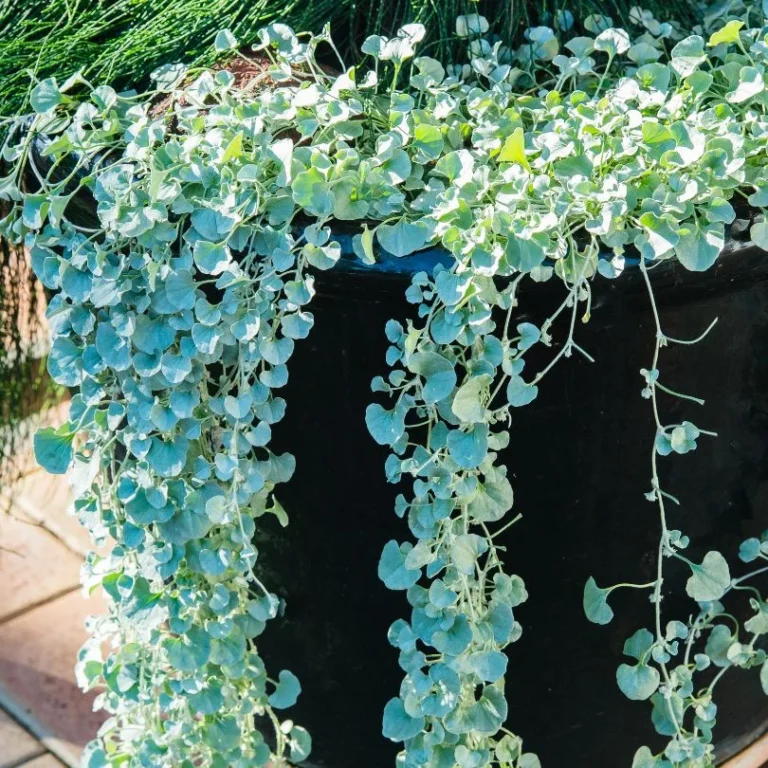
Want some shimmery effect? Consider adding Silver Falls as a hanging plant in your beautiful home. Silver Falls is also low-maintenance, thriving in bright light and needing only occasional watering. Its drought-tolerant nature makes it easy to care for, even if you don’t have much time to spend on plant care. Its delicate, cascading silver leaves create a stunning, shimmering effect that brightens the house.
Growing Requirements
- Light: Bright, indirect light.
- Soil: Well-draining, sandy or loamy soil with a slightly acidic to neutral pH.
- Water: Keep the soil evenly moist.
Begonia (Begonia spp.)

Certain varieties of Begonia, like the Rieger Begonia, have trailing stems and vibrant flowers. They’re great for hanging baskets where their cascading growth and colorful blooms can be enjoyed. Begonias are easy to care for, thriving in bright, indirect light and needing regular watering, but not too frequent. They bring a pop of color and texture to your space, making them perfect for brightening a room. Provide high humidity and avoid overwatering; your begonia is ready to thrive.
Growing Requirements
- Light: Bright, indirect light.
- Soil: Well-draining, rich soil with a slightly acidic to neutral pH of 5.5 to 7.0.
- Water: Keep the soil consistently moist.
Creeping Fig (Ficus pumila)
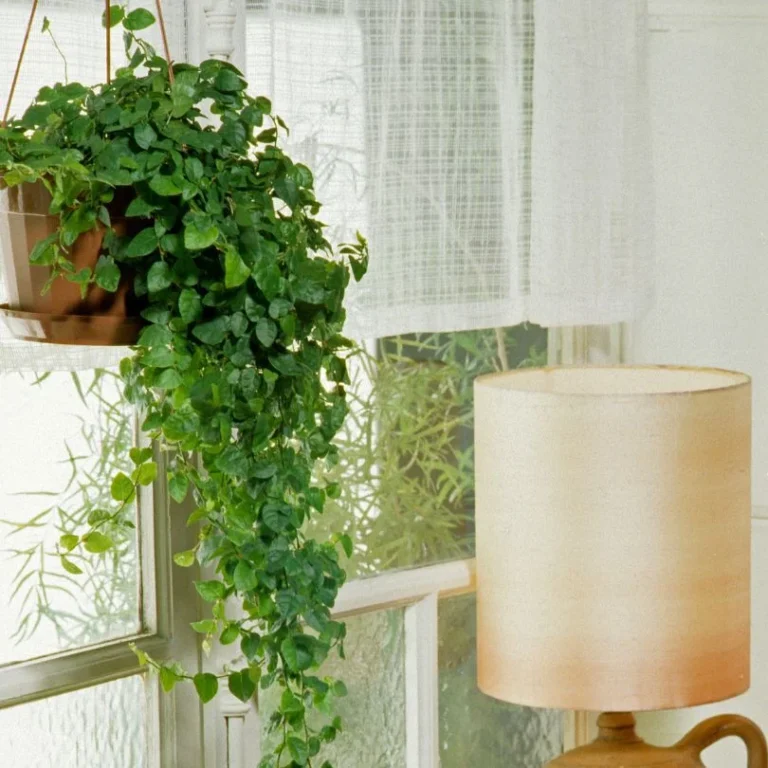
With its small, heart-shaped leaves and vigorous trailing growth, it makes a lush, green cascade in hanging baskets. Creeping or climbing fig is an easy-to-grow, fast-growing plant. I provide my creeping fig with bright, indirect light with occasional watering. This plant requires a medium to high humid environment, so if your home is dry, regularly mist the plant or use a humidifier or pebble tray to help the plant thrive.
Growing Requirements
- Light: Bright, indirect light.
- Soil: Well-draining, loamy soil with a slightly acidic to neutral pH of 6.0 to 7.0.
- Water: Keep the soil consistently moist but not soggy.
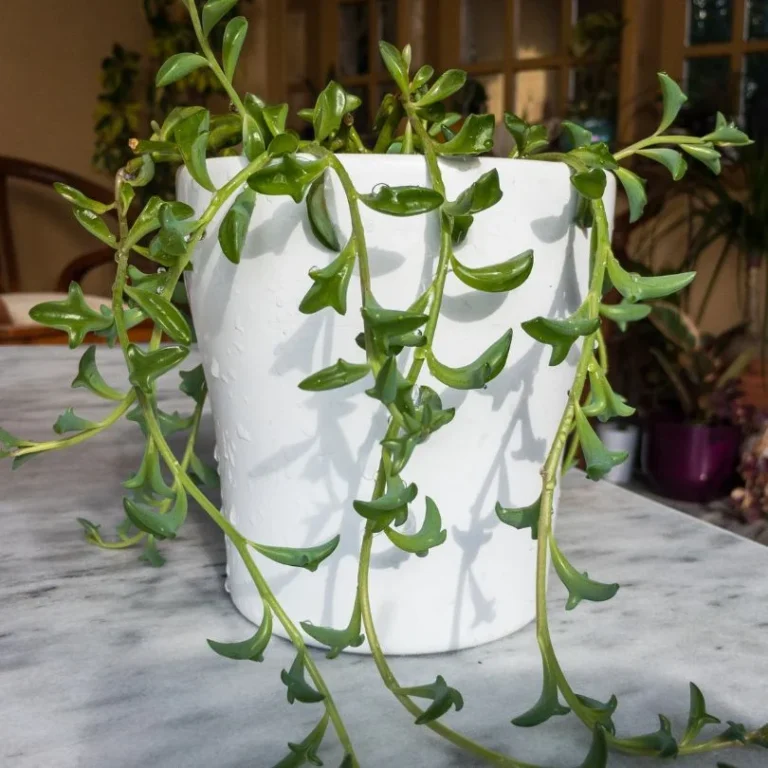
String of bananas is a low-maintenance, hardy succulent that is an excellent choice for your hanging planter. Place it near your sunny window, where it gets bright indirect light, and provide it with water when the soil dries out. It’s not picky about humidity and does well in normal household conditions. It’s quite tolerant of dry air. Just be careful about overwatering and root rot.
Growing Requirements
- Light: Bright, indirect light.
- Soil: Well-draining succulent or cactus mix.
- Water: When the soil dries out.

Last but not least, monkey tail cactus. The Monkey Tail Cactus is a great choice as a hanging plant because its long, fuzzy stems cascade beautifully, creating a unique, eye-catching display. When hung in a basket or pot, the trailing stems resemble a monkey’s tail, adding a quirky, charming touch to your space. It’s also effortless to care for. It thrives in bright, indirect light and only needs occasional watering, making it low-maintenance. The Monkey Tail Cactus’s distinctive look and simple care make it an excellent choice for adding character and greenery to your home.
Growing Requirements
- Light: Bright, indirect light.
- Soil: prefers well-draining, sandy, or cactus soil with a slightly acidic to neutral pH.
- Water: Allow soil to dry out completely between waterings.
Hanging plants are for all kinds of spaces and personalities. Whether you’re a seasoned plant lover or just starting, they’re a great choice. There are various options for hanging plants, each offering its unique beauty and benefits. From trailing ivy and vibrant pothos to delicate strings of pearls and lush ferns, you can find the perfect plant to suit your taste and space.
When I look at my hanging plants, I feel a sense of calm and joy. Their cascading leaves and vibrant colors bring a touch of nature indoors, making my space feel more alive and inviting. Each plant adds its own charm, and watching them grow and thrive gives me a sense of accomplishment. It’s a simple pleasure that brightens my day.

